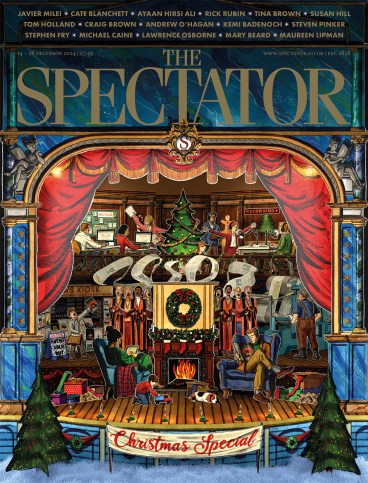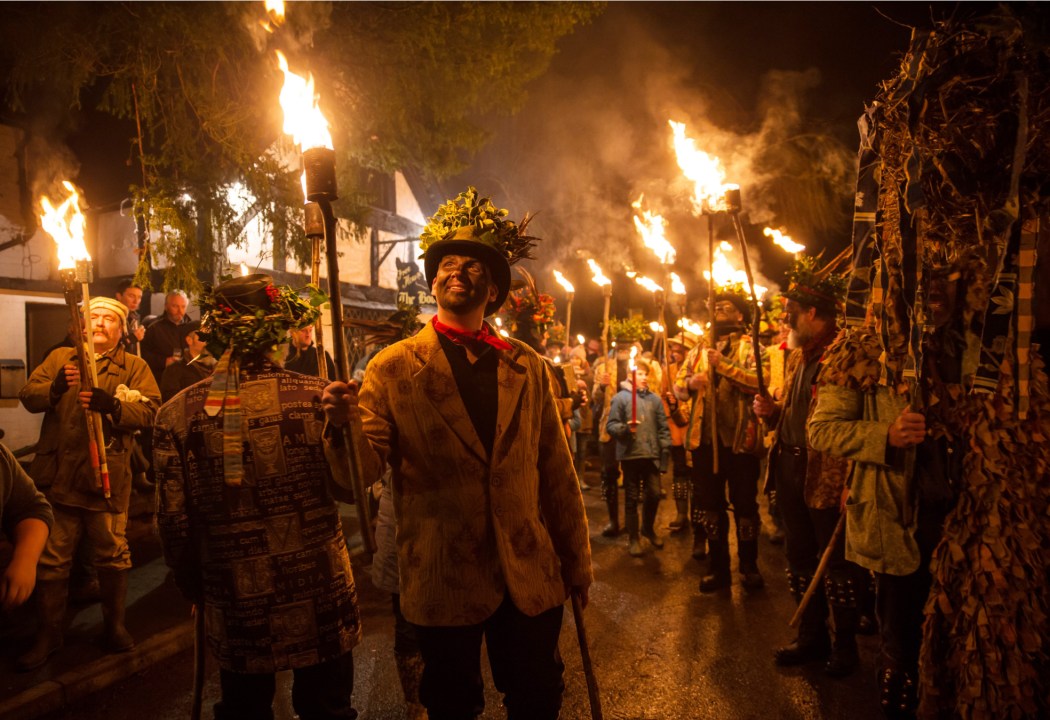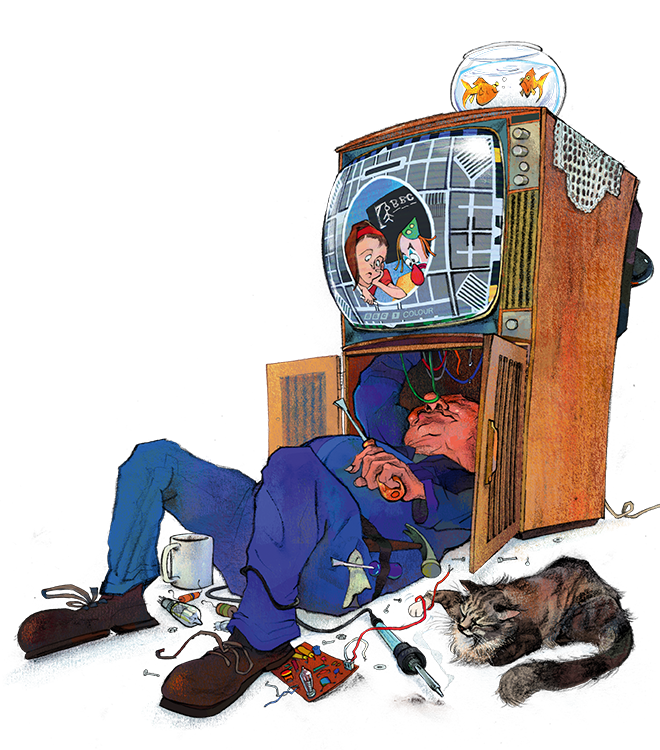
Many people today feel an ambivalence towards the history of the Christmas festival. They sense that it has deep pre-Christian roots and yet are also aware that most of the actual customs associated with it are relatively modern. The problem is that both views are correct. Most of the current trappings of the season are Victorian inventions or importations: the cards, the tree, the stocking, the turkey and Father Christmas with his reindeer and his sack of presents. Even local seasonal activities which look genuinely primeval have turned out not to be.
Most of the season’s trappings are Victorian inventions or importations: the cards, the tree, the stockings
The southern English mummers’ play and the northern sword dance, pieces of folk drama performed in more than 2,000 communities in the early Victorian period, were once thought by folklorists to descend from the Neolithic and represent the rebirth of life after the winter solstice. We now know that they started in the 18th century. Animal disguises carried round streets and pubs such as the Hooden Horse of Kent, the Old Horse of Cheshire and the Mari Lwyd (a horse’s skull) were thought by the same folklorists to have been prehistoric tribal totems.
Almost none, however, can be dated before 1800 and none at all before 1600. They all seem spin-offs from the early modern hobby horse. To those yearning for a sense of real connection to the ancient, all this can look like a wipeout, with the Christian observation the most authentic link to the remote past.
Such a conclusion would however be erroneous. It is clear that the winter solstice was of huge ritual importance in pre-Christian times. The greatest prehistoric monuments of the three main nations of these islands – Newgrange in Ireland, Maeshowe in Scotland and Stonehenge in England – were all aligned on the sunrise or sunset at that time.
The first English historian, Bede, recorded that the pagan Anglo-Saxons celebrated it with the name of the ‘Mother Night’, or ‘Night of the Mothers’. The Viking sagas show the heathen Scandinavians marking it with their great feast of Yule, whose name we retain even though the original derivation of it still eludes us. To the Romans, it was Saturnalia. Just as fundamental is the fact that our latitude on the planet invites certain associations for a midwinter festival powerful enough to be timeless, however much the precise form of them changes over the centuries.
One is that of keeping merry in a gloomy season, when light, warmth, greenery and flowers are all in short supply or missing. From the opening of history, feasting lies at the heart of midwinter festivity. So does the decoration of homes and holy places with greenery, to keep a reminder of continuing life in nature. Traditionally in Britain this was holly and ivy, the most abundant of such vegetation: mistletoe became fashionable in the 18th century, commercial decorations in the late 19th.
Spirits were also raised by lighting up the home, initially with torches and candles, while the Yule log arrived around 1600, and eventually of course electric lights at the end of the Victorian period. From ancient Roman times too, presents were given to achieve the same effect, though on New Year’s Day and not Christmas Day until the 19th century. The very oldest aspects of Christmas are therefore also the most mundane and susceptible to commercialisation – dinner, decorations and gifts.
Merrymaking also generates another enduring aspect of the festival, that of charity. Both social conscience and a sense of self-preservation have always propelled wealthier people to give surplus food and drink (later money) to those unable to provide the means to celebrate for themselves. By the end of the Middle Ages there were five different terms recorded in the West Country alone for the activity of collecting for the poor at midwinter. The helpless would receive aid directly, the able-bodied but impoverished earn it by providing plays, songs, dances and other entertainments for the wealthier; which is why the season has always had so many. A third abiding feature of it is blessing, to wish people well for the coming year. Highland Scots would purify homes with burning juniper, and Lowland Scots and northern English call at houses early on New Year’s Day bringing greetings and presents. The southern English ‘wassailed’ their livestock, cornfields, beehives, orchards and neighbours, by singing to them to wish prosperity on them. The ‘first-footing’ in the north and the orchard wassailing in the south remain today.
The final ancient and enduring feature of the festival is misrule, as people could let their hair down when short daylight, cold, swollen rivers and mud kept armies in their quarters and robbers at home. Roman households had the Saturnalia King, a junior member who took them over during the midwinter festival to devise jokes and games. He became the Lord of Misrule in the Middle Ages, while the Christian clergy had the Feast of Fools and the Boy Bishop, and schoolchildren ‘barred out’ their master from the classroom. Our crackers and party games carry on the tradition.
All four of these great streams of custom connect the prehistoric with the present and can fitly be termed our Christmas pagan heritage, though they are generous enough to accommodate themselves to any religious system, and to persist outside any religious framework at all. Behind them lies the sheer force of nature, in these northern climes, to which ancient pagan beliefs and practices were firmly linked and which provides the enduring context for all that have followed.
As long as the trees grow bare and then prepare for spring, the daylight diminishes and then swells again, and the sun wanes to a low, glaring vestige of its usual power, and then starts to move north and rise again in the sky, we shall celebrate the midwinter feast. If we do not do it exactly as our ancient predecessors and ancestors did, we do so within the same parameters as they established: and so it shall seemingly always be.








Comments